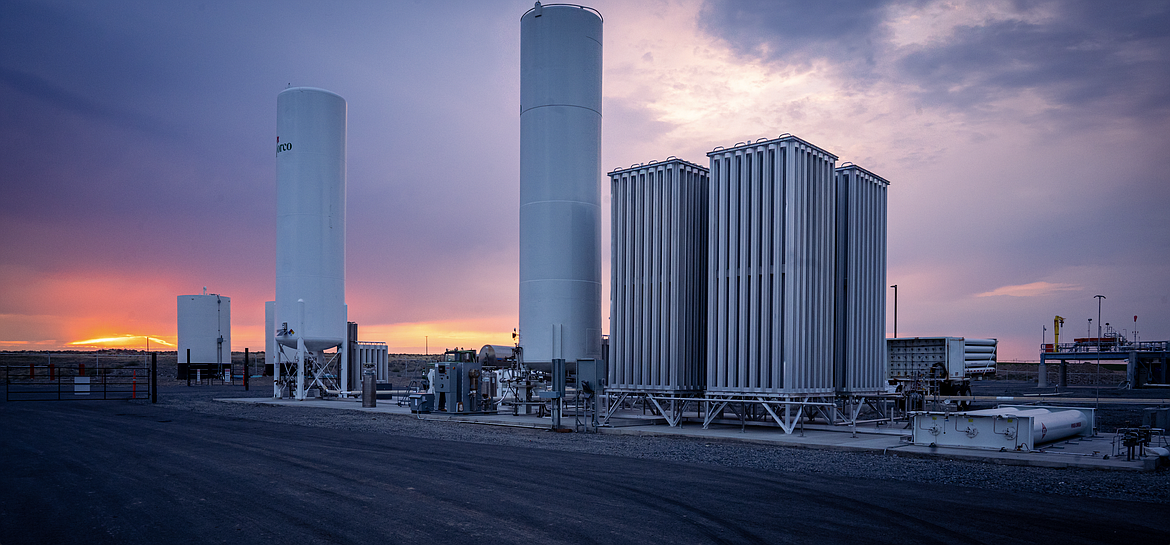Stoking industry
MOSES LAKE — On roughly 23.5 acres of what used to be sagebrush-covered scrubland north of Moses Lake, engineers with Stoke Space Technologies are working to build the future of spaceflight.
Become a Subscriber!
You have read all of your free articles this month. Select a plan below to start your subscription today.
Already a subscriber? Login





